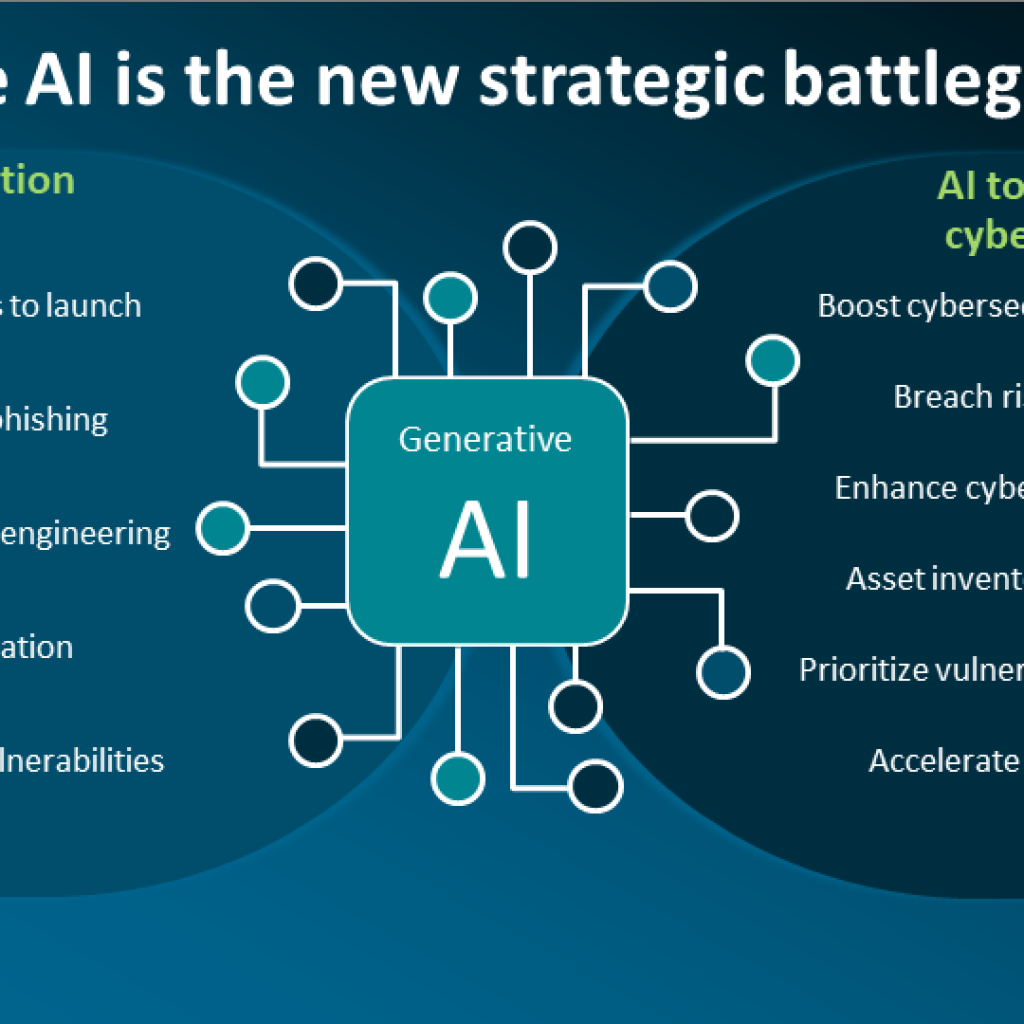Amazon, the global e-commerce giant, is taking another leap in automation and robotics with the introduction of its latest technology, Sequoia, designed to revolutionize its warehouse operations. The implementation of this AI-powered system has the potential to significantly improve delivery times, enhance safety measures, and streamline overall operations. According to a report by the Wall Street Journal, Sequoia could lead to a 75 percent increase in the speed of locating and storing products, as well as a 25 percent boost in order fulfillment.
Sequoia: The future of warehouse automation
Sequoia is a groundbreaking robotics system that is set to reshape the way Amazon handles its inventory and order fulfillment processes. This technology has already been deployed in one of Amazon’s warehouses located in Houston, Texas, marking the beginning of its potential widespread adoption.
At the core of Sequoia’s functionality are autonomous vehicles that transport totes containing products to a sorting machine. Here’s how it works: Inventory Identification: Using a combination of robotic arms and advanced computer vision, Sequoia identifies and catalogues the products within each tote swiftly and accurately. This eliminates the need for manual inventory checks, reducing the potential for human error.
Streamlined Delivery: After the products are identified, they are seamlessly directed to employees responsible for order fulfillment. One notable safety benefit is that Sequoia ensures that items are presented at waist level, eliminating the need for workers to reach for items on high shelves, thereby reducing the risk of injuries related to excessive stretching or bending.
This advanced robotics system is a strategic addition to Amazon’s existing warehouse technology, complementing the 2022 introduction of Sparrow, an AI-powered robotic arm designed to identify and move products after Sequoia’s initial sorting process. This dual approach aims to further optimize efficiency and productivity within Amazon’s vast network of fulfillment centers.
Safety at the forefront
Amazon has emphasized safety as a key motivator behind the development and implementation of Sequoia and Sparrow. The objective is to create a work environment that minimizes risks for employees, especially those working alongside automated systems.
However, it’s worth noting that Amazon’s safety record in its automated warehouses has faced scrutiny in the past. A 2020 report from the Center for Investigative Reporting’s Reveal publication highlighted that Amazon employees working alongside robots sustained injuries at a rate double that of their counterparts not exposed to automation between 2016 and 2019. The increased demand for scanning items, rising from 100 to potentially 400 items per hour with the use of robots, was a notable factor contributing to these concerns.
With the introduction of Sequoia and Sparrow, Amazon is making strides to address these safety concerns by ensuring that employees are not required to engage in strenuous activities such as reaching for products on high shelves, which could lead to ergonomic injuries. Nonetheless, the effectiveness of these measures will require ongoing scrutiny and evaluation to guarantee the well-being of its workforce.
The impact on employment
One question that arises with the implementation of advanced robotics systems like Sequoia is the potential impact on employment within Amazon’s warehouses. While automation has the potential to increase efficiency and reduce operational costs, concerns persist about whether it will lead to job layoffs.
As of now, it remains unclear whether the introduction of Sequoia will result in workforce reductions. Amazon’s spokespersons have not provided specific details regarding the future of employment in light of this new technology. It is essential to closely monitor the company’s approach to workforce management and ensure that the integration of automation does not negatively impact the livelihoods of its employees.




